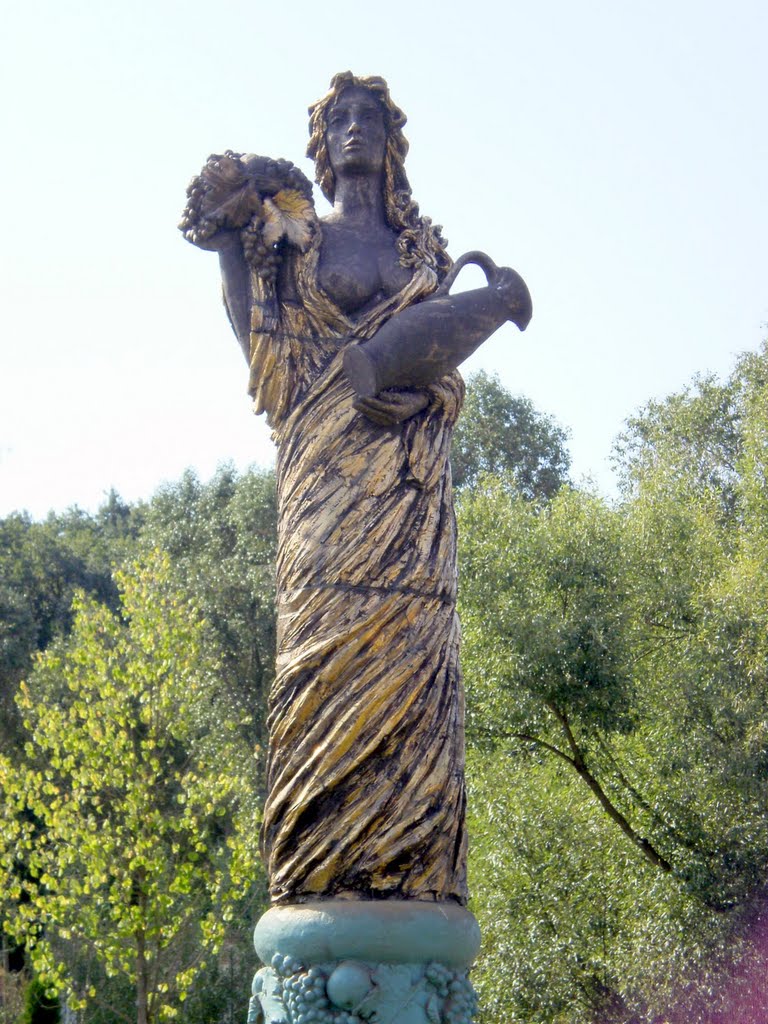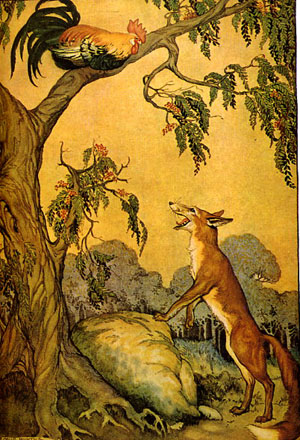
A statue of the Fair Lady of Hungary.
Two infamous figures in Hungarian folklore are sure to appear in one of my novels at some point! The first is the garabonciás – originally it meant “necromancer”, someone who works magic with the assistance of the dead; later in the Medieval Ages the meaning shifted into “the student of black magic”.
The garaboncid is a sort of magician of the Hungarian folk mythology. He mostly resembles the táltos (or shaman) in that the garaboncid is also born with teeth. He has to study at thirteen different schools to receive a magical book, with the help of which he can even fly.
He travels from town to town in a tattered cloak, and knocks on the door of every house, asking for milk and eggs. If the householders say they don’t have any, although they really do, the garaboncid will tell them that he knows they do, and that “you will soon change your mind, but it will be late by then”. As punishment he summons big storms, hailstones, or murmurs a spell from his book, summoning his dragon, which he mounts and rides above the town. The long tail of the dragon sweeps down the housetops and pulls out the trees from the ground. The only way to keep a town safe from the garaboncid is to ring the church bells every day.
The other infamous character is the “Fair Lady,” a beautiful woman who is sometimes kind, sometimes wicked. She’s one of the goddesses of the Hungarian old religion, the Goddess of Love. According to some, a valley in northern Hungary was a sacrificial ground dedicated to the goddess.
The Fair Lady combines the most famous traits of fairies, witches and ghosts: she can be seen wandering outside in the dark after midnight, but mostly she’s invisible; she likes to swap her own evil, deformed-looking children with the newborn babies of townsfolks; according to legend, meeting her is deadly. The Fair Lady meets with other Fair Ladies at night in the church yard, where they dance and clap, and with their beautiful singing voices they lure a man to join them, and then they either dance the unlucky man to death, or take turns having sex with him and kill him by passing on various STDs.
BRIEF NOTE: A new review of When Brothers Dwell In Unity has just arrived. The Midwest Review of Books says that it is “… an exceptionally well-written, organized and presented theological treatise for both academic and non-specialist general readers with an interest in Christian theology, with respect to the LGBT community. … is very highly recommended for both community and academic library Christian Studies reference collections. It should be noted for personal reading lists [as well]….”






